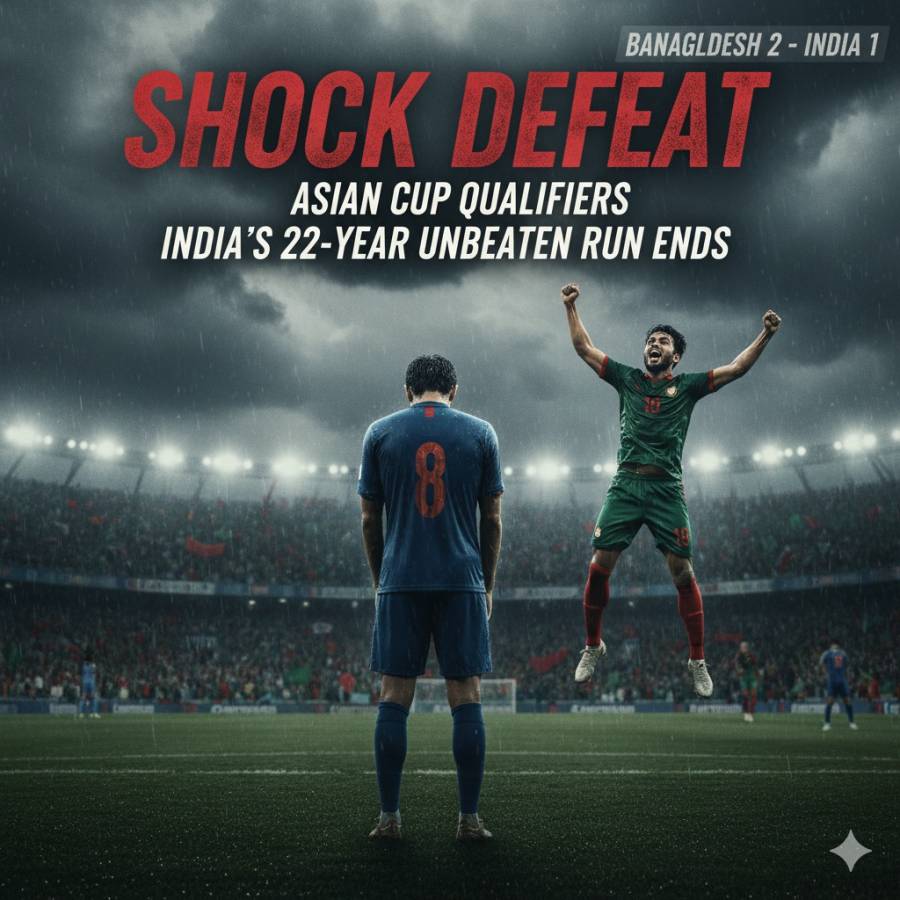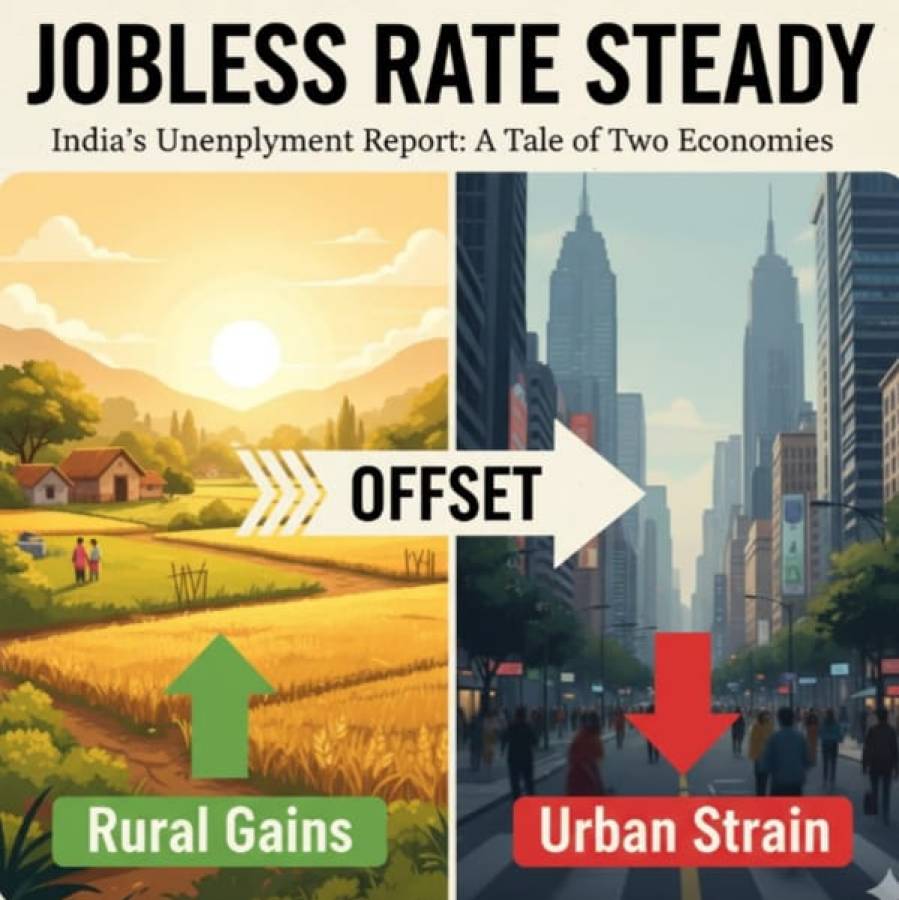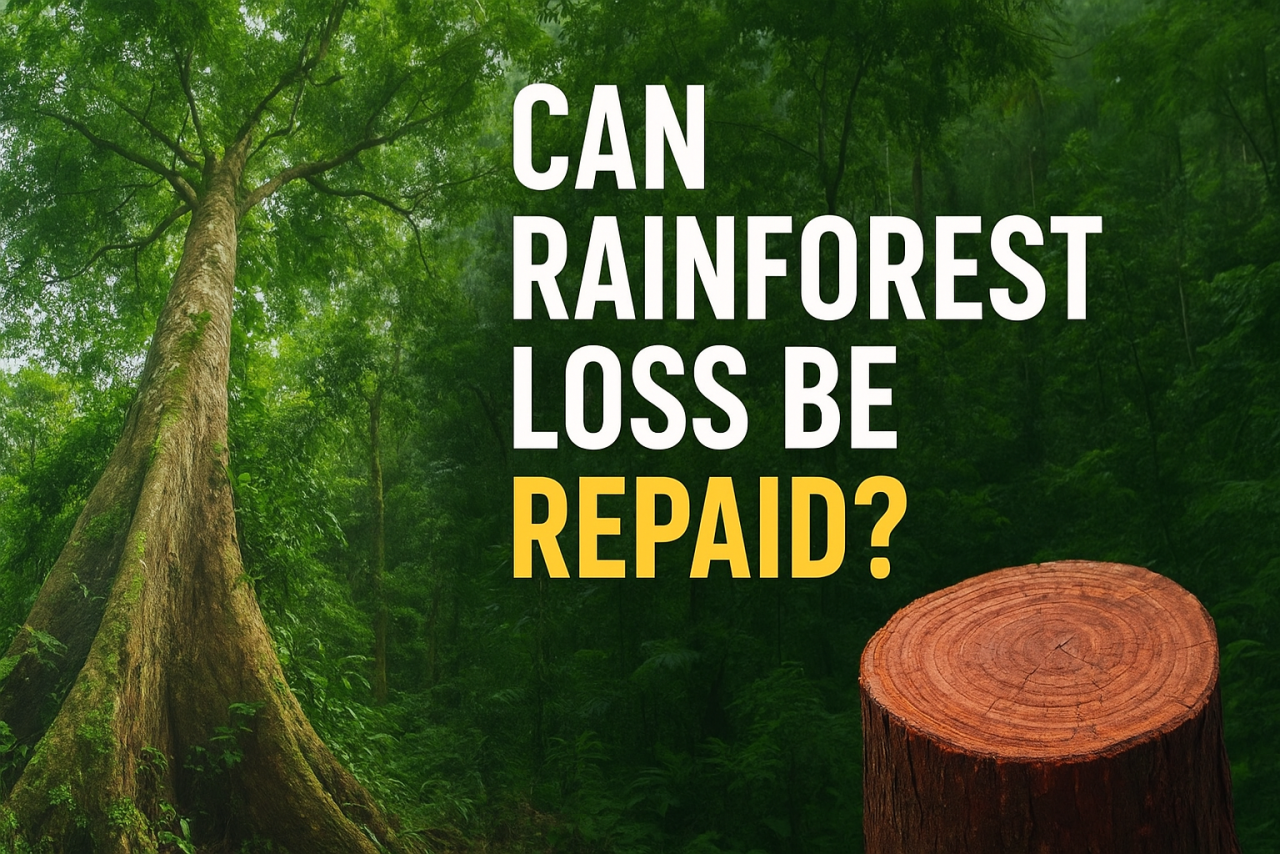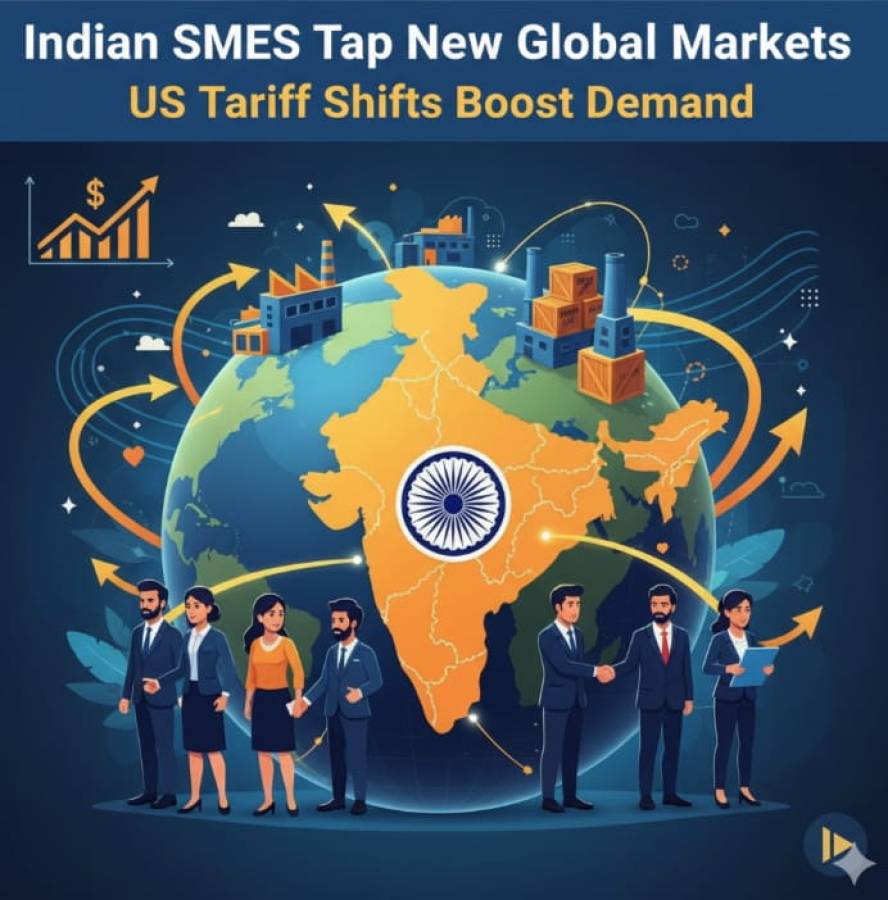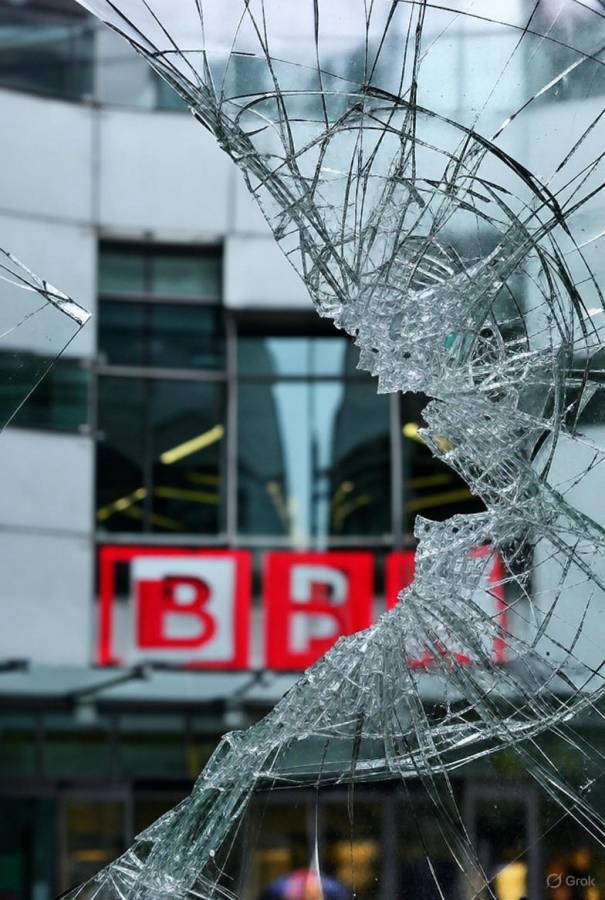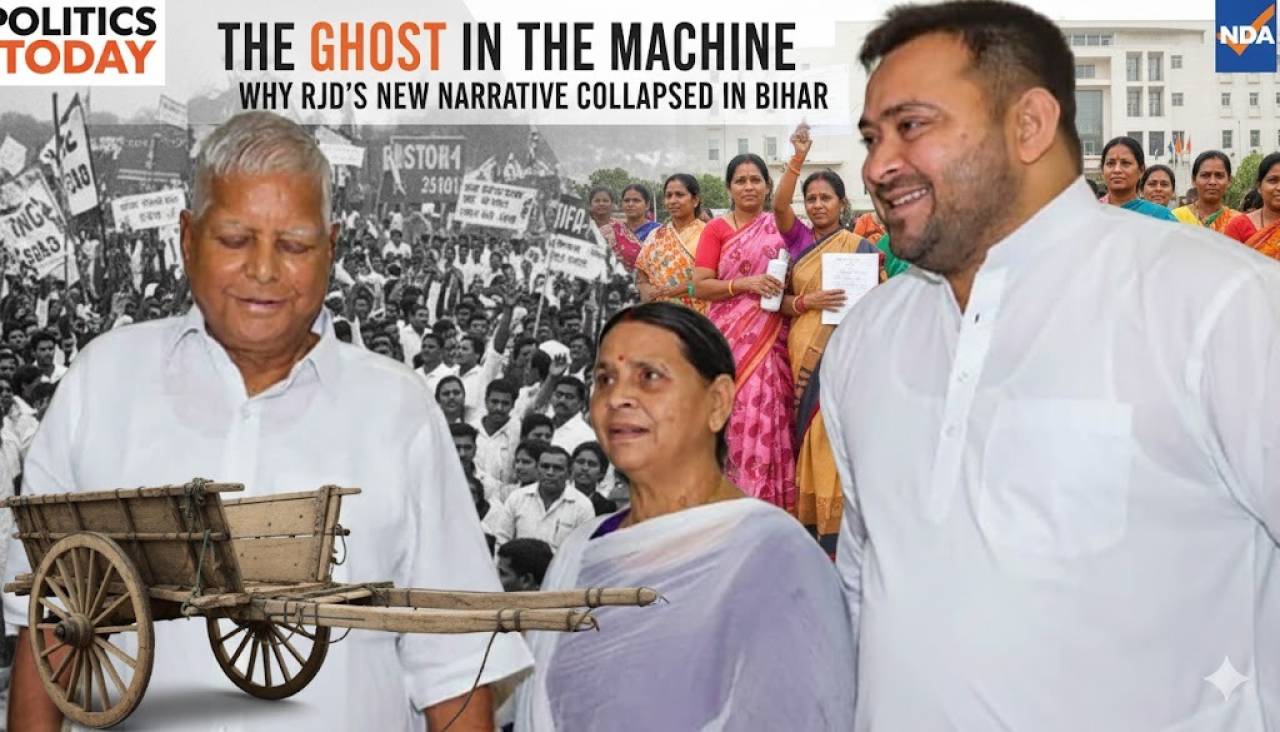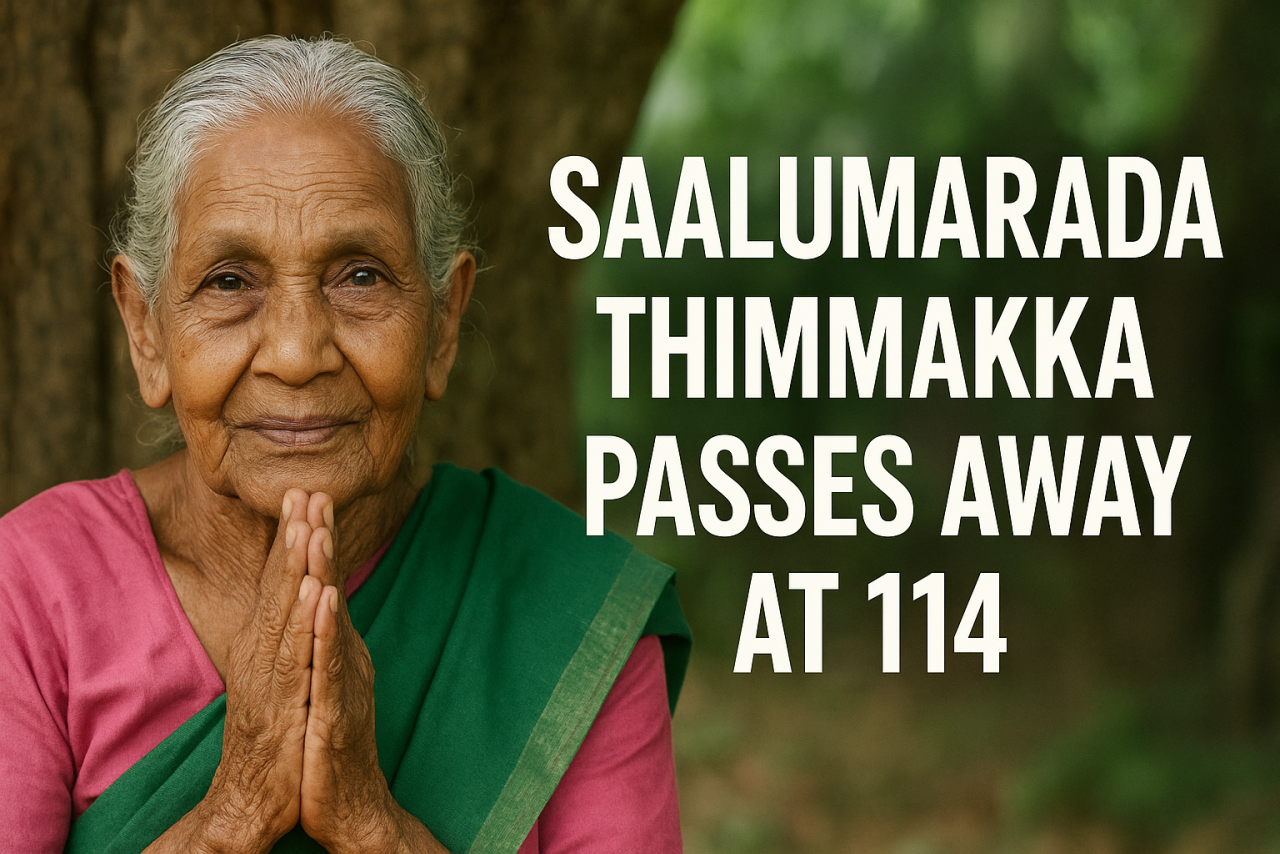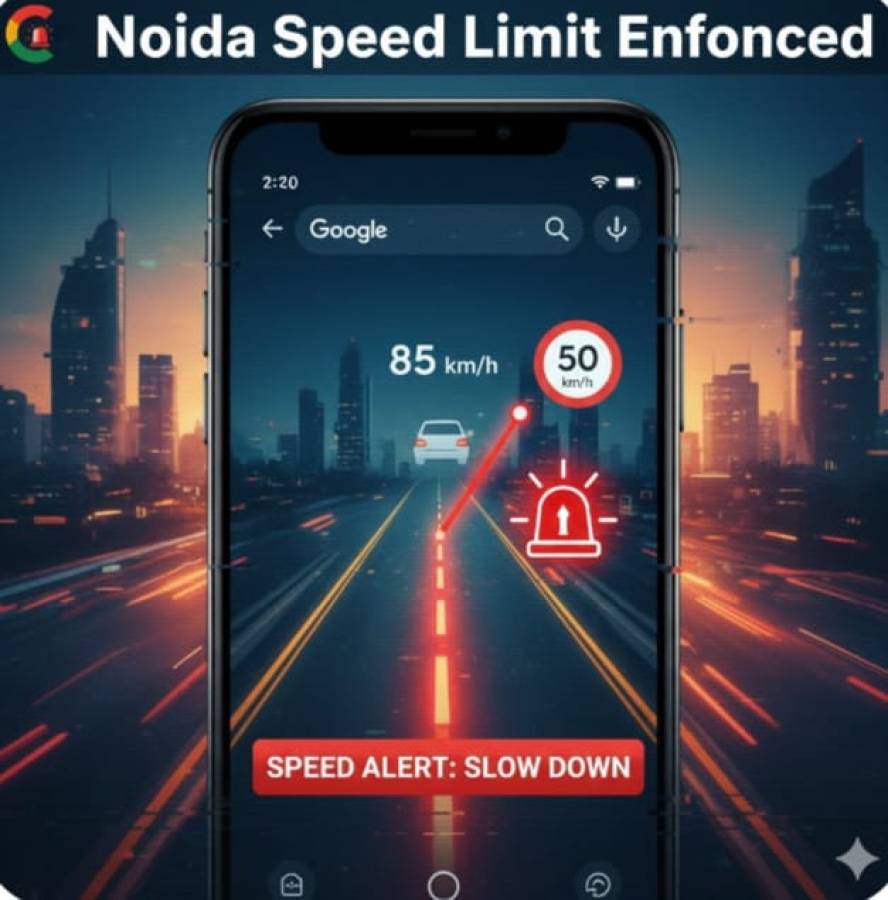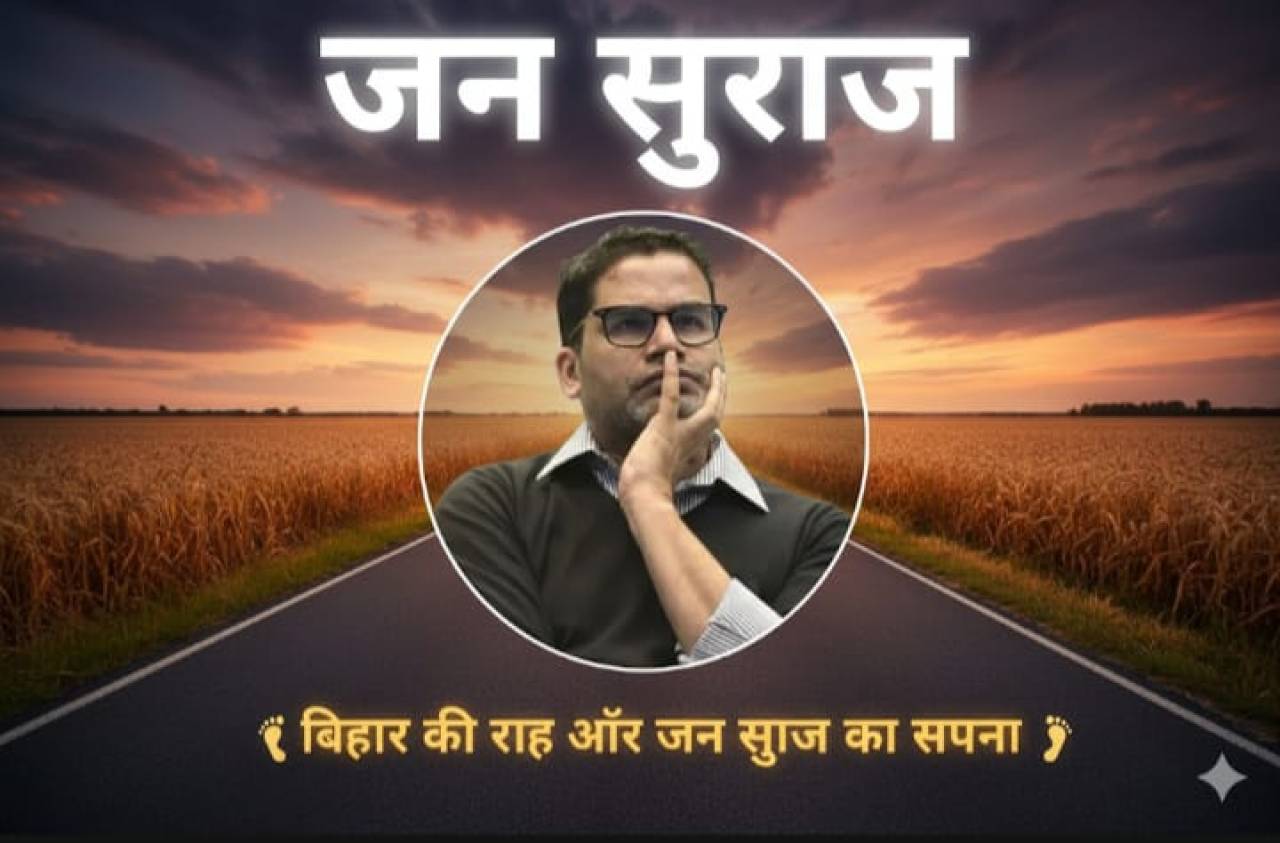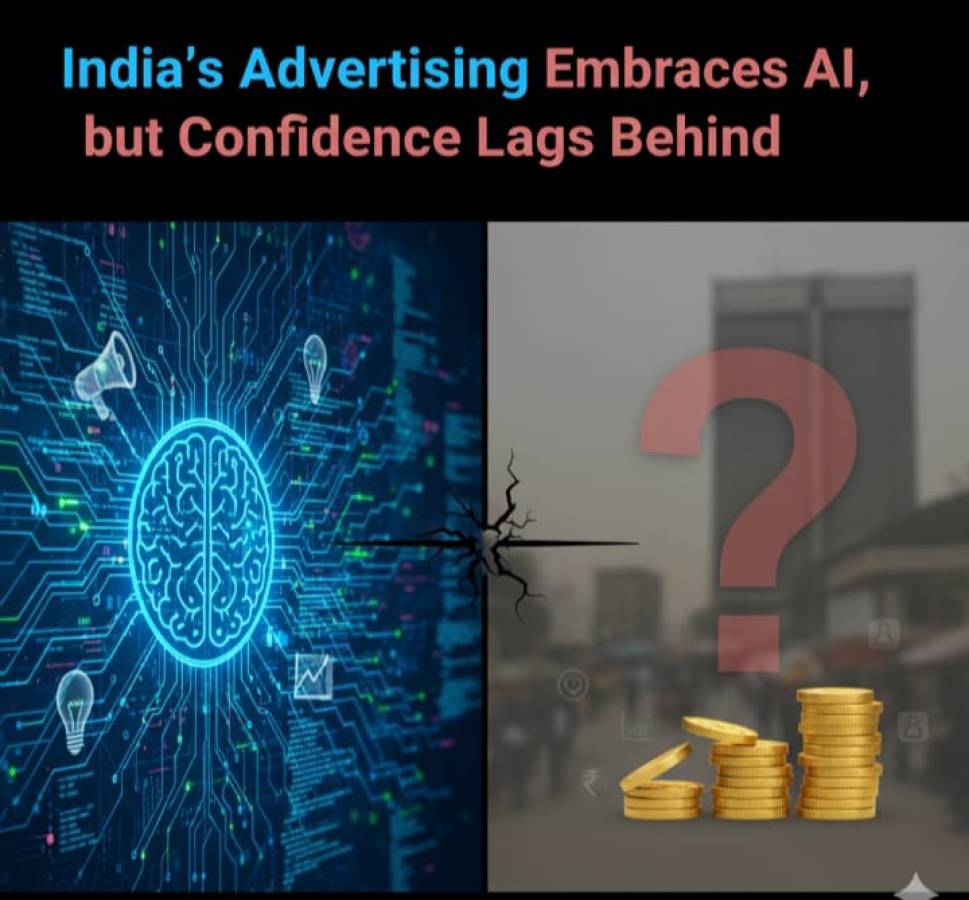
In recent years, India has seen a significant change in food and beverage choices, especially in urban areas. From fizzy diet drinks to sugar-free sodas, there is growing awareness about the dangers of excessive sugar. Coca-Cola, PepsiCo, and other beverage giants have introduced low-sugar and zero-sugar versions of popular drinks. Coca-Cola’s no-sugar variant “Thums Up XForce” broke records by selling 2.5 million-unit cases in just three months. Mintel research shows that Indian households consuming no-sugar drinks grew by 78% in the last four years. But while sugar is under scrutiny, salt continues to remain ignored in most Indian diets.
According to the National Family Health Survey (NFHS-5), the number of overweight and obese people in both rural and urban India is rising. People are beginning to cut back on sugar due to increased awareness about diabetes, obesity, and heart diseases. Low-sugar drinks, sugar-free biscuits, and diet snacks are getting popular. But the silent killer — “salt” is barely being noticed.
Salt, or sodium, is just as harmful when consumed in excess. According to the World Health Organization (WHO), the recommended daily intake of salt is less than 5 grams. However, the average Indian consumes around 10 grams of salt per day, which is double the limit. High salt intake is one of the leading causes of high blood pressure, which then leads to heart attacks, kidney damage, and strokes.
One reason for the high salt consumption in India is the food culture. Pickles, papads, namkeens, street foods, processed snacks, and even home-cooked curries often use too much salt. Instant noodles, packaged soups, and bakery items also contain hidden sodium. A study by the Public Health Foundation of India (PHFI) showed that 61% of packaged foods in India had salt levels above global standards. But despite this, salt is not considered a health concern by most people.
While sugar-free trends are rising among the urban population, awareness about salt remains low. Most Indians do not read food labels. Even when labels are read, very few understand how much sodium is too much. Unlike sugar, where the taste changes when reduced, salt is harder to detect in processed food. This makes it more dangerous as people consume it without realizing the risk.
Experts warn that just like the soft drink companies are promoting zero-sugar beverages, there is a need to encourage low-sodium options. But the market for salt-free or low-sodium products in India is still very small. Very few companies are working on reducing sodium content or offering salt alternatives. Government programs have focused on iron, iodine, and sugar, but salt often remains neglected in health campaigns.
The Food Safety and Standards Authority of India (FSSAI) has started the “Eat Right India” movement, encouraging balanced diets and responsible eating. But stronger steps are needed. Labeling of salt content should be clear and easy to understand. More importantly, education campaigns must tell people why salt is as harmful as sugar when overconsumed.
India is facing a double health threat. On one side is rising sugar intake through colas, sweets, and desserts. On the other is salt hiding in everyday food. Cities are waking up to the sugar problem, but the salt issue is still in the shadows. It is time that salt gets the same attention as sugar.
Health is not just about avoiding sugar or calories. It is also about being aware of what goes into our bodies. The shift toward no-sugar drinks is a good sign, but it is only half the battle. Unless salt consumption is also brought under control, India’s fight against lifestyle diseases will remain incomplete.


